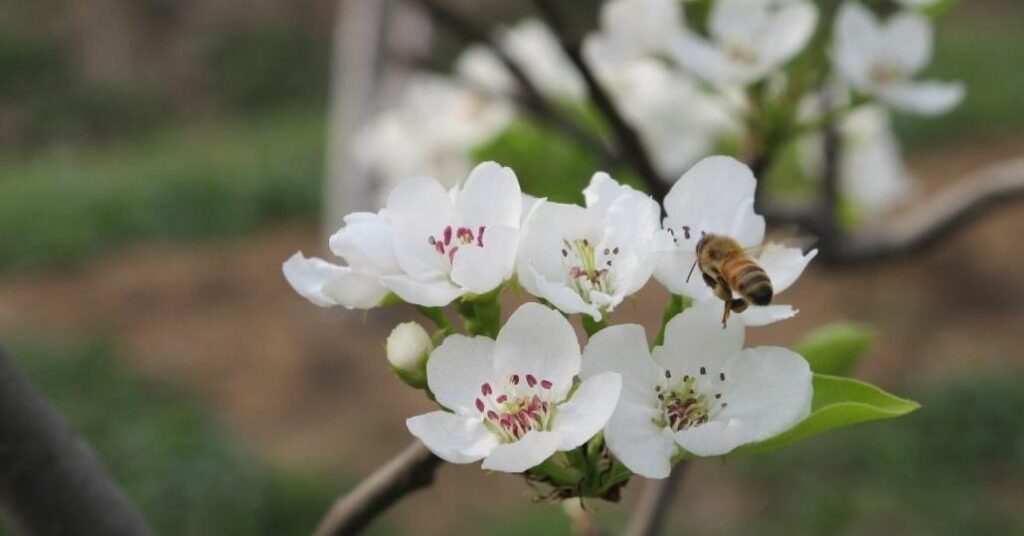Are you curious to know what is self incompatibility? You have come to the right place as I am going to tell you everything about self incompatibility in a very simple explanation. Without further discussion let’s begin to know what is self incompatibility?
In the intricate world of plant reproduction, self-incompatibility emerges as a fascinating phenomenon with profound implications. This article aims to unravel the mysteries surrounding self-incompatibility, shedding light on its significance, mechanisms, and various types.
What Is Self Incompatibility?
Self-incompatibility (SI) refers to a genetic mechanism in flowering plants that prevents self-fertilization or self-pollination. In essence, it serves as a built-in mechanism to promote outcrossing, thereby enhancing genetic diversity within plant populations.
What Is Self-Incompatibility In Plants?
Self-incompatibility in plants is a mechanism that prevents pollen from the same plant (self-pollen) from fertilizing ovules within the same flower or plant. This mechanism ensures that plants cannot self-fertilize, thereby promoting genetic diversity.
What Is Self-Incompatibility Biology?
In biological terms, self-incompatibility is a genetically controlled mechanism governed by a complex interplay of genes known as the S-locus. These genes encode proteins that recognize and reject self-pollen, thereby facilitating cross-pollination.
Types Of Self-Incompatibility
Self-incompatibility in plants manifests in various forms, including:
- Gametophytic Self-Incompatibility (GSI): In GSI, the compatibility or incompatibility between pollen and pistil is determined by the genotype of the pollen (male gametophyte). This type of self-incompatibility is prevalent in many plant species, including members of the Solanaceae and Rosaceae families.
- Sporophytic Self-Incompatibility (SSI): Unlike GSI, compatibility in SSI is determined by the genotype of the maternal plant (sporophyte). This mechanism is observed in species like Brassicaceae (crucifers), where the pistil’s genotype dictates the acceptance or rejection of pollen.
Let’s find some more interesting topics like these here askcorran.
Mechanisms Of Self-Incompatibility
The mechanisms underlying self-incompatibility vary depending on the type but generally involve recognition and rejection processes mediated by S-genes and their products. These mechanisms include pollen recognition, inhibition of pollen tube growth, and programmed cell death.
Why Does Self-Pollination Occur Despite Self-Incompatibility?
While self-incompatibility mechanisms effectively prevent self-fertilization in most cases, occasional instances of self-pollination may still occur. Factors such as environmental conditions, genetic mutations, or incomplete self-incompatibility mechanisms can contribute to these exceptions.
Example Of Self-Incompatibility
An illustrative example of self-incompatibility is found in the Brassica genus, which includes crops like cabbage, broccoli, and mustard. In Brassica species, self-incompatibility mechanisms prevent self-fertilization, promoting cross-pollination and genetic diversity within populations.
Significance Of Self-Incompatibility
Self-incompatibility plays a pivotal role in maintaining genetic diversity, enhancing plant adaptation, and promoting evolutionary fitness within populations. By preventing inbreeding and promoting outcrossing, self-incompatibility mechanisms contribute to the survival and resilience of plant species.
Conclusion
In conclusion, self-incompatibility stands as a remarkable evolutionary adaptation in flowering plants, ensuring genetic diversity and reproductive success. By understanding the mechanisms and significance of self-incompatibility, researchers and enthusiasts gain insights into the intricate dynamics of plant reproduction and evolution.
FAQ
What Is Self-Incompatibility In Class 12?
Self-incompatibility is a condition which prevents the pollen of the flower to associate with the stigma of the same flower and fertilise the female gametes. This condition promotes cross pollination even in the presence of bisexual flowers.
What Is Self-Incompatibility And Its Types?
Self-incompatibility (SI) refers to all genetic mechanisms in flowering plants that prevent self-fertilization through the recognition and rejection of self-pollen by the style of a flower (DeNettancourt, 1977). SI is generally classified into two types: heteromorphic and homomorphic SI.
What Is An Example Of A Self-Incompatible Flower?
Drosera scorpioides, a self-incompatible pygmy Drosera. You need to cross two different clones to get seeds from the flowers.
What Is Self-Incompatibility In Angiosperms?
Self-incompatibility is a widespread mechanism in flowering plants that prevents inbreeding and promotes outcrossing. The self-incompatibility response is genetically controlled by one or more multi-allelic loci, and relies on a series of complex cellular interactions between the self-incompatible pollen and pistil.
I Have Covered All The Following Queries And Topics In The Above Article
What Is Self Incompatibility In Plants
What Is Self-Incompatibility Class 12
What Is Self Incompatibility Biology
What Is Self-Incompatibility Why Does Self-Pollination
What Is Self Incompatibility Example
What Is Self Incompatibility In Flowering Plants
Types Of Self-Incompatibility
What Is Self-Incompatibility What Is Its Significance
What Is Self Incompatibility







